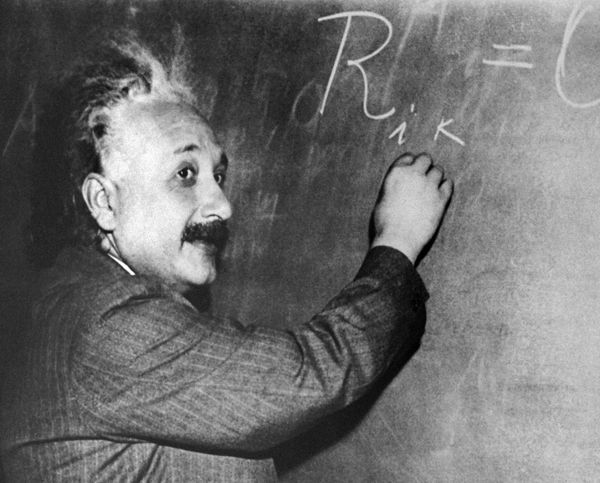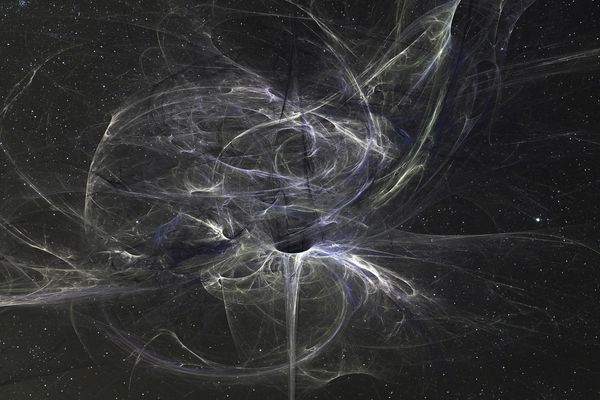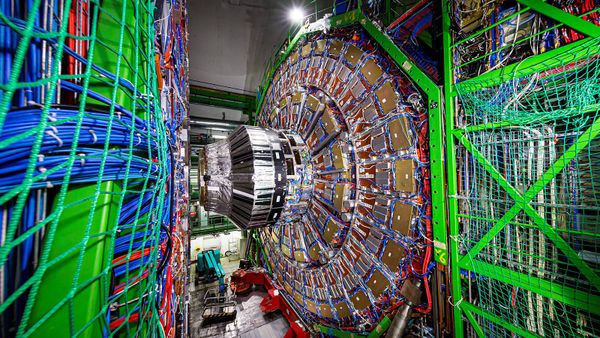
When we were kids, we were amazed that Superman could travel "faster than a speeding bullet." We could even picture him, chasing down a projectile fired from a weapon, his right arm outstretched, his cape rippling behind him. If he traveled at half the bullet's speed, the rate at which the bullet moved away from him would halve. If he did indeed travel faster than the bullet, he would overtake it and lead the way. Go, Superman!
In other words, Superman's aerial antics obeyed Newton's views of space and time: that the positions and motions of objects in space should all be measurable relative to an absolute, nonmoving frame of reference [source: Rynasiewicz].
Advertisement
In the early 1900s, scientists held firm to the Newtonian view of the world. Then a German-born mathematician and physicist by the name of Albert Einstein came along and changed everything. In 1905, Einstein published his theory of special relativity, which put forth a startling idea: There is no preferred frame of reference. Everything, even time, is relative.
Two important principles underpinned his theory. The first stated that the same laws of physics apply equally in all constantly moving frames of reference. The second said that the speed of light — about 186,000 miles per second (300,000 kilometers per second) — is constant and independent of the observer's motion or the source of light. According to Einstein, if Superman were to chase a light beam at half the speed of light, the beam would continue to move away from him at exactly the same speed [source: Stein, AMNH.org].
These concepts seem deceptively simple, but they have some mind-bending implications. One of the biggest is represented by Einstein's famous equation, E = mc², where E is energy, m is mass and c is the speed of light.
According to this equation, mass and energy are the same physical entity and can be changed into each other. Because of this equivalence, the energy an object has due to its motion will increase its mass. In other words, the faster an object moves, the greater its mass. This only becomes noticeable when an object moves really quickly. If it moves at 10 percent the speed of light, for example, its mass will only be 0.5 percent more than normal. But if it moves at 90 percent the speed of light, its mass will double [source: LBL.gov].
As an object approaches the speed of light, its mass rises precipitously. If an object tries to travel 186,000 miles per second, its mass becomes infinite, and so does the energy required to move it. For this reason, no normal object can travel as fast or faster than the speed of light.
That answers our question, but let's have a little fun and modify the question slightly.
Advertisement


